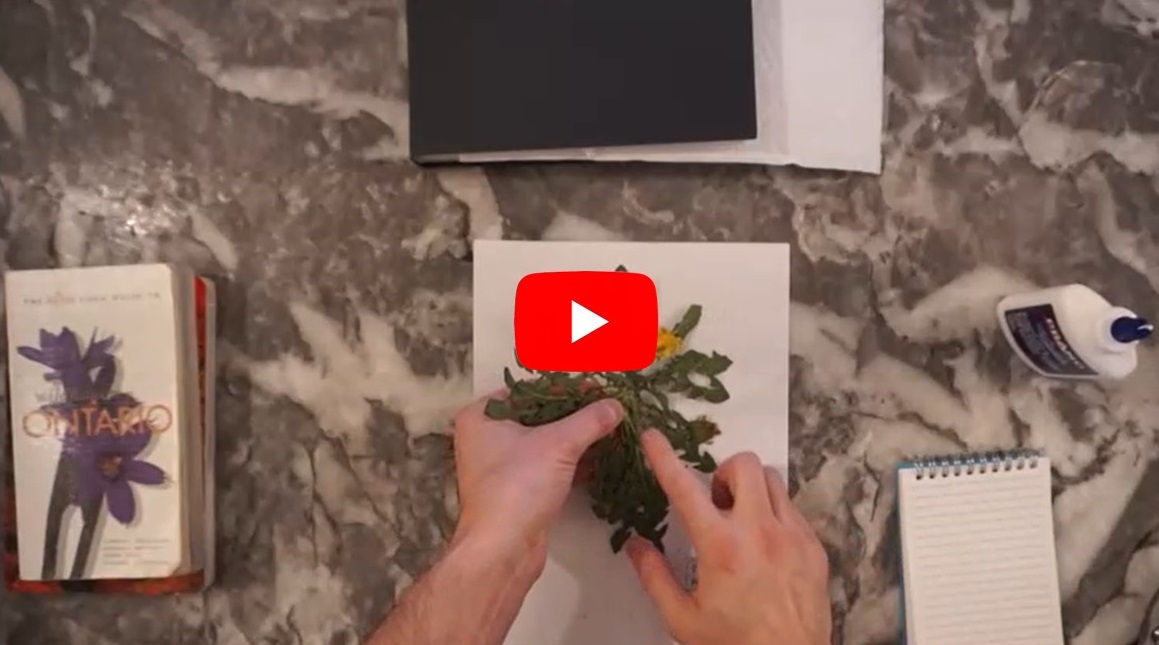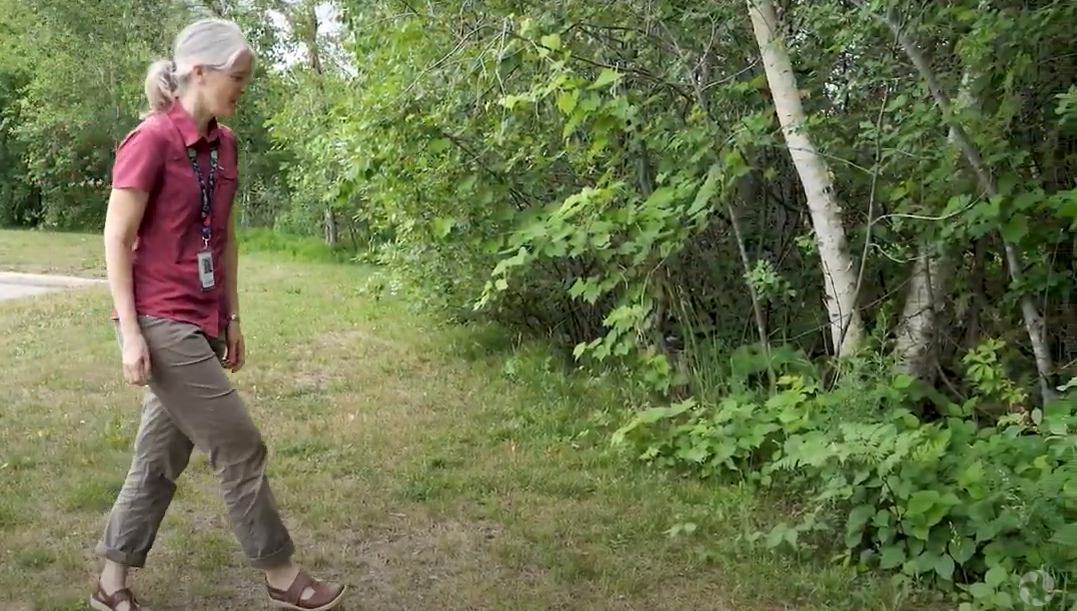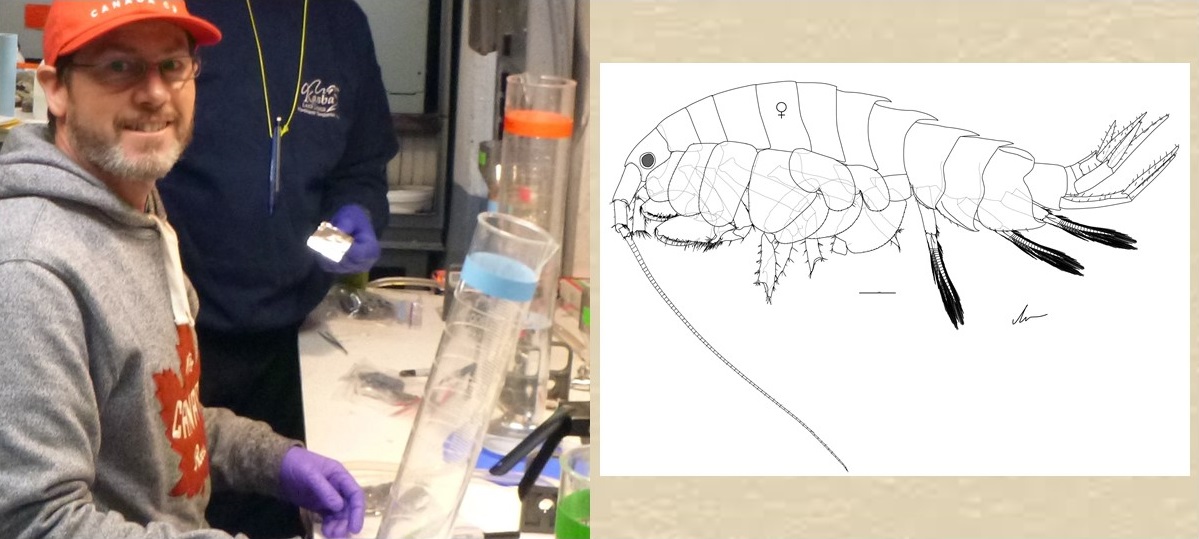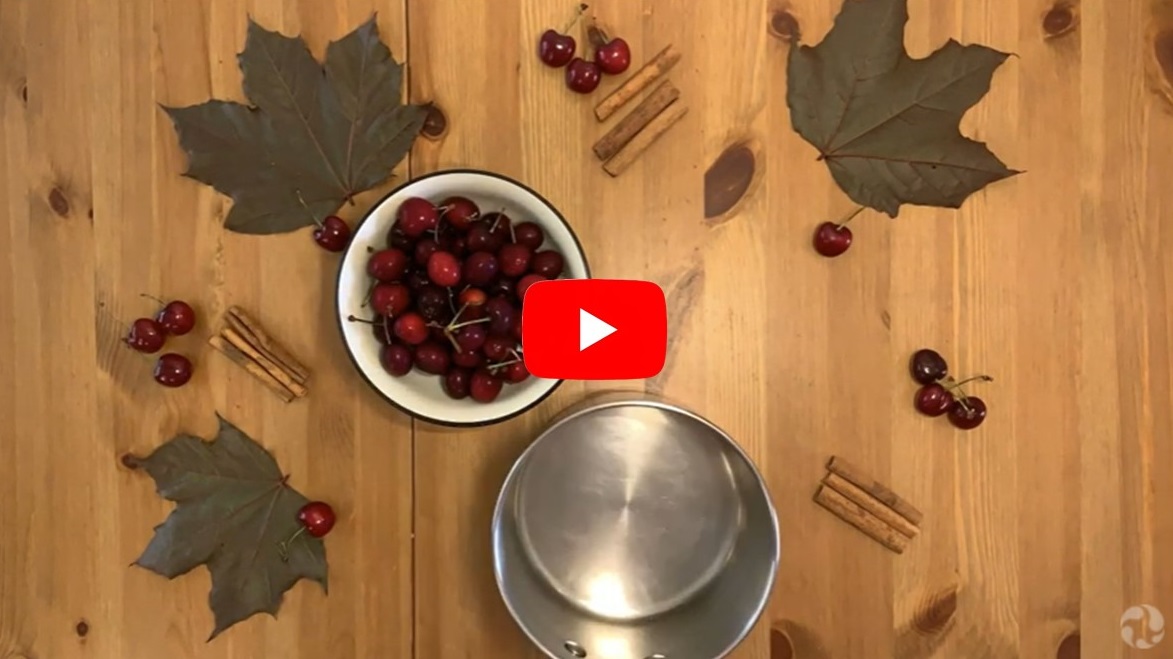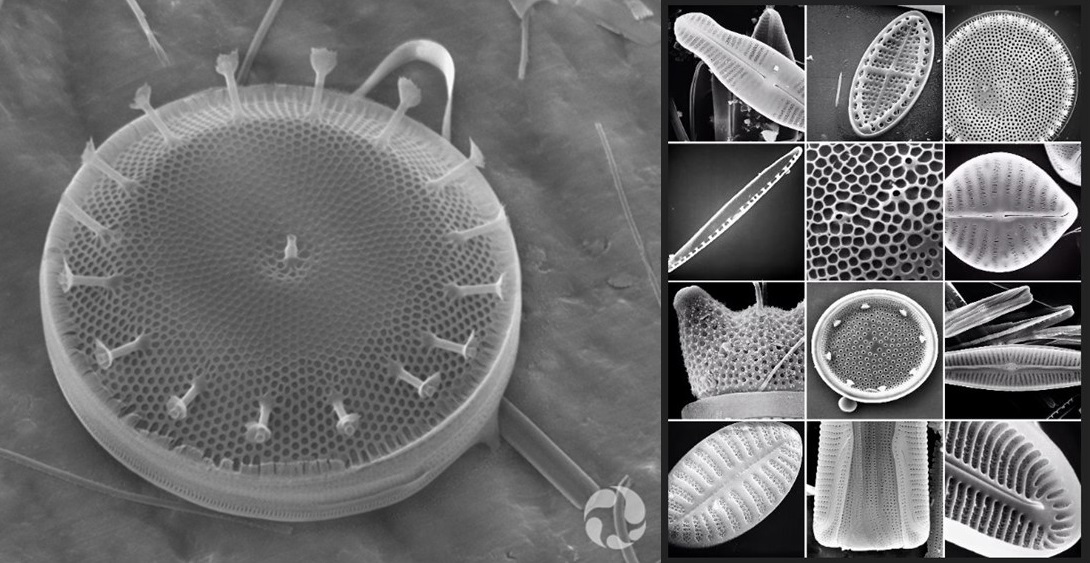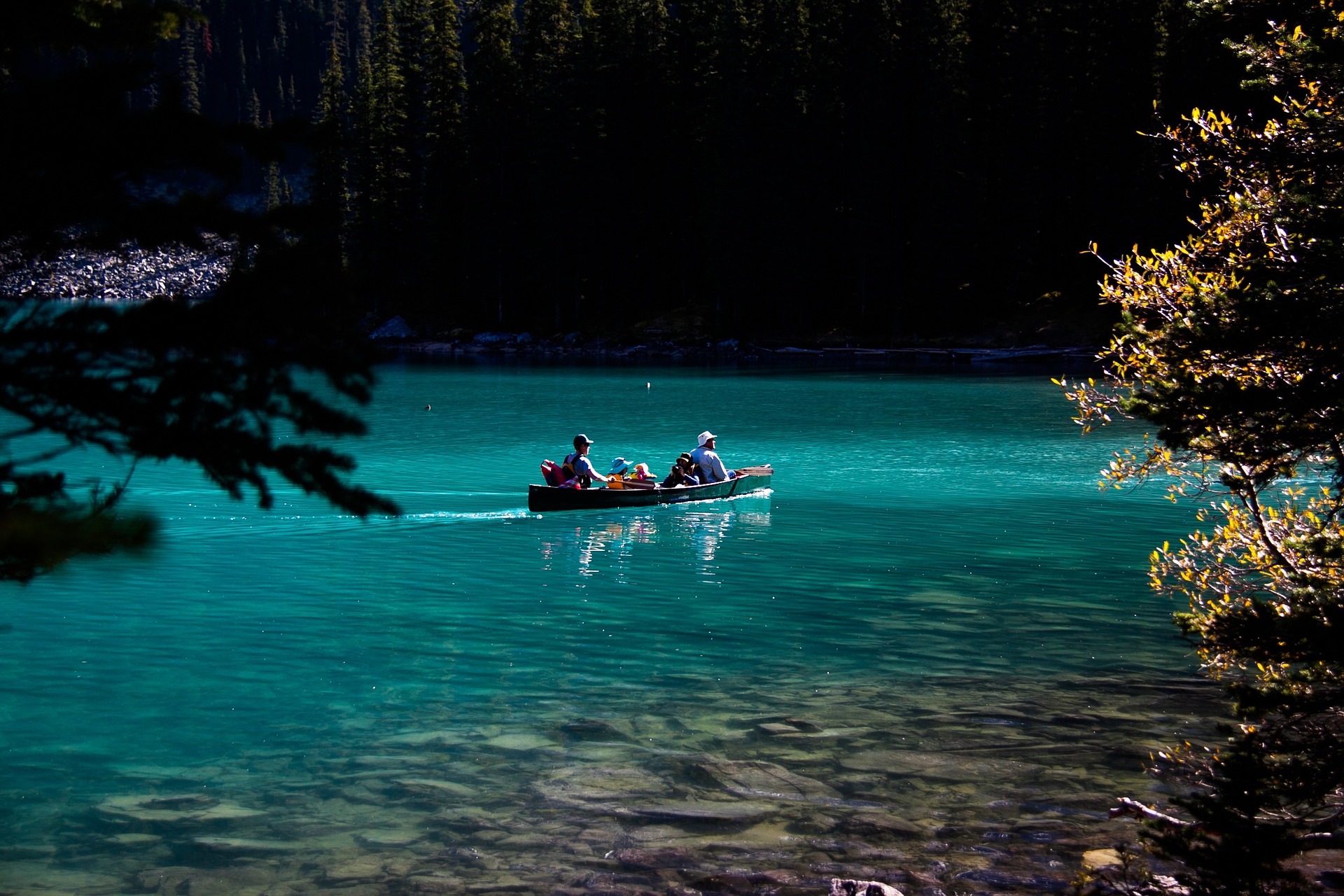
Summertime exploring
With July comes summer holidays, special plans and venturing into the outdoors. We are lucky to live in a great land that offers a wealth of sparkling rivers and lakes, magnificent mountains, ocean playgrounds and vast forests to explore.
We look forward to welcoming you back!. Stay tuned for the reopening updates.
Look to our social media channels for new content posted regularly. Follow us on Twitter, Facebook, Instagram and YouTube. Discover more on nature.ca.
Editor: Laura Sutin
Questions or comments can be sent to lsutin@nature.ca
Photos
Header image (Moraine Lake): pixabay.com

